I use 24V control circuit is showed as follows.

If I connect a 10k resistor as load the transistor works.
5V control signal => 0V collector voltage
0V control signal => 24V collector voltage.
But if i connect a dc motor as load the transistor damaged permanently.(DC motor draw 0.15A at 24V. It's power is about 3.6W.)
5V control signal => 0V collector voltage
0V control signal => 3V collector voltage
After that, even if I connect 10k resistors again, the output does not change between 0-24V.
Output voltage changes between 0-3V with 0-5V control voltage(the transistor doesn't seem to turn off completely again). Where am I doing wrong?

- 445
- 2
- 14
-
I think BD139 also needs a flyback diode. – tlfong01 Feb 16 '21 at 09:03
-
Most likely there is not enough base current so the transistor does not turn fully on, and when it is half-on it dissipates more power than it can handle. Motor start currents are also much larger than the nominal running current. I think you need at least 15mA base drive, if not more to handle the motor start current. How much base current you can provide, what is the device providing it? – Justme Feb 16 '21 at 09:06
-
Flyback diode accross the load should be safe. https://electronics.stackexchange.com/questions/31014/where-should-i-put-the-kickback-diode-in-a-transistor-switch – Berker Işık Feb 16 '21 at 09:08
-
Base current is about 4mA now. I think transistor can turn-on but can't turn-off completely. Because the collector can't goes 24V rail. – Berker Işık Feb 16 '21 at 09:14
-
1A BD139 is **ancient**, just don't use it. It has a very low \$\beta\$ (current amplification) resulting in a voltage drop when it is on when using the motor. Use an N-channel MOSFET instead with a **low threshold voltage**. – Bimpelrekkie Feb 16 '21 at 10:48
2 Answers
The BD139 is destroying itself by over-heating.
The base current you are injecting is about 3 to 4 mA and, to turn the BD139 on properly, the base current needs to be much higher. This is because the current gain (beta) is pretty poor when trying to use this transistor with low saturation voltage - I expect that you will drop about 25% to 50% of the supply rail (24 volts) across collector to emitter when it is activated. Here's an extract from the data sheet that shows the problem of trying to activate the BJT to low saturation voltages: -
To get anything like a decent low-power-loss performance with a 150 mA load needs a base current around 15 mA and you should probably double this current to guarantee consistent operation in all circumstances. If you don't supply enough base current you will not turn on the BD139 into a decent level of saturation.
For instance, with only a few mA base drive current there may be 12 volts dropped across the BD139 and about 75 mA collector current flowing. The power dissipated in the BD139 will be about 1 watt and pretty close to the data sheet limit of 1.25 watts maximum (no heat sink in a 25 °C ambient).
Of course, as the transistor heats up, unless you take that heat away, the local ambient rises and the maximum power limit of 1.25 watts drops and, eventually, the device fails because it's internal junction temperature rises above the 150 °C limit.
Use a MOSFET or attach a heatsink is my advice. Or, drive the base with about 30 mA of current to ensure that it turns on much closer to 0 volts. However, it isn't really anything like an ideal device for motor control.
- 434,556
- 28
- 351
- 777
-
i didnt see the transistor get hot when touching it? Also collector voltage is around 3-4V? – Berker Işık Feb 16 '21 at 09:21
-
1Whether it's 4 volts (at say 250 mA) or 12 volts at 75 mA, the power is the same - about 1 watt. This device is not suitable with the base drive level you have used @BerkerIşık – Andy aka Feb 16 '21 at 09:23
-
The solution is more convenient by increasing the base current. I don't think it will damage the 15mA PIC. – Berker Işık Feb 16 '21 at 09:25
-
1@BerkerIşık you need to read the data sheet for how much current a PIC IO line can produce. I think you'll find that you will be on a slippery slope trying to do this. You need more like 30 mA to drive the base with. – Andy aka Feb 16 '21 at 09:29
-
I don't know exactly what is going on in BD139, but as you said, I did it with mosfet like IRF520, IRFZ44N. – Berker Işık Feb 16 '21 at 11:38
-
The datasheets for the Mosfets you tried say the gate voltage should be 10V for them to fully turn on. IRL520 and IRLZ44 need a gate voltage of only the 5V that you have. – Audioguru Feb 16 '21 at 17:30
-
@Audioguru take the [IRFZ44 data sheet](https://www.vishay.com/docs/91291/91291.pdf) and look at figure 1 - the lowest gate-source voltage is 4.5 volts and, this is more than enough to ensure that a load current of 1 amp can be switched and the MOSFET will not drop more than 0.1 volts so, it is an entirely suitable device if a little bulky for the use case. The [IRLZ44](https://www.vishay.com/docs/91328/sihlz44.pdf) needs only 2.25 volts to typically drive a 1 amp load with a volt drop of 0.1 volts. – Andy aka Feb 16 '21 at 17:35
-
Curves in a datasheet are for a "typical one" that is not sold. I use the guaranteed minimum and maximum written spec's so that whichever device I get works perfectly. – Audioguru Feb 17 '21 at 18:51
In addition to the base drive problem:
With a brushed motor as a load, D1 will provide very little protection; you need a fast recovery diode rather than a 1N4007. This will protect against positive spikes when switching the transistor off, as well as from the brushes.
I would also - for a motor - place a diode across the transistor to protect against large negative spikes from the motor brushes.
